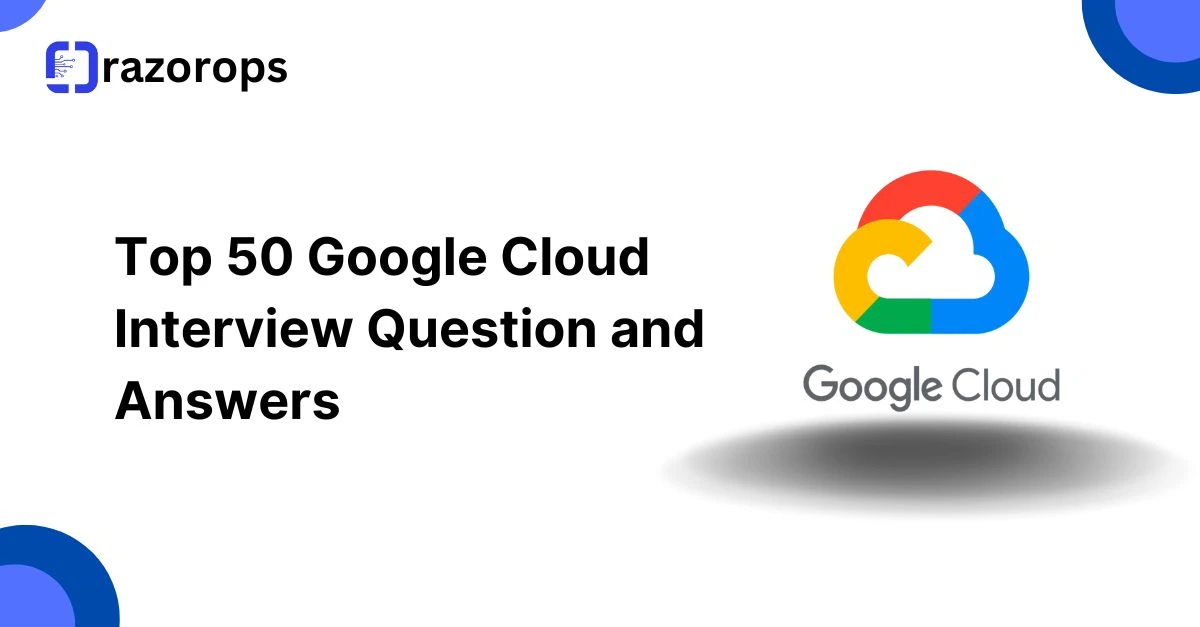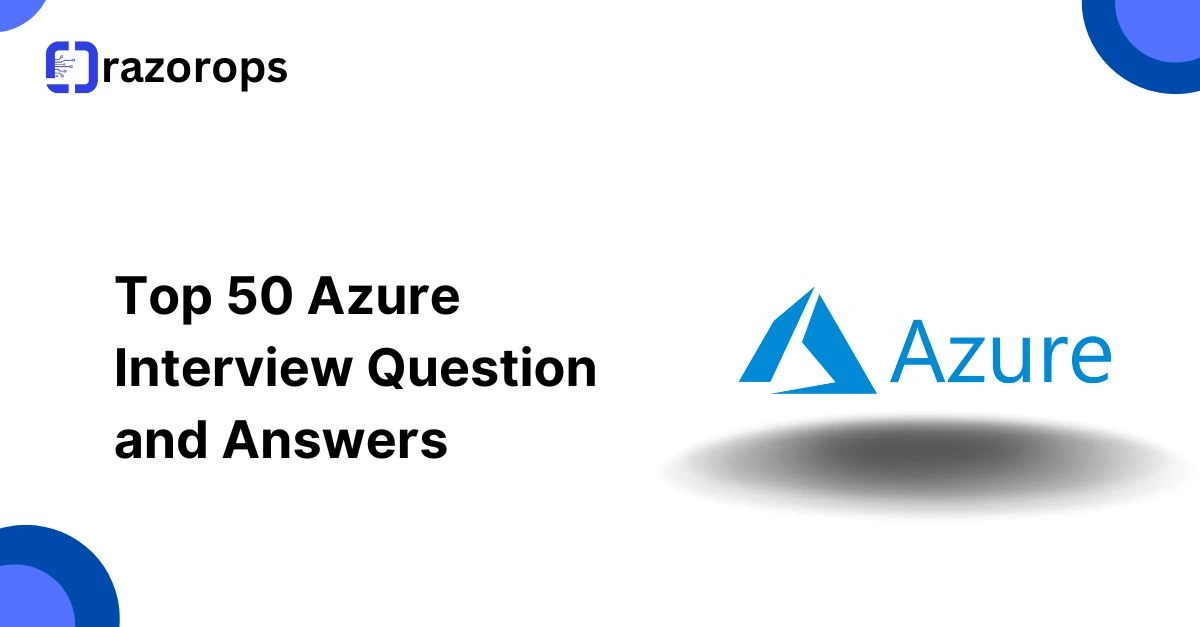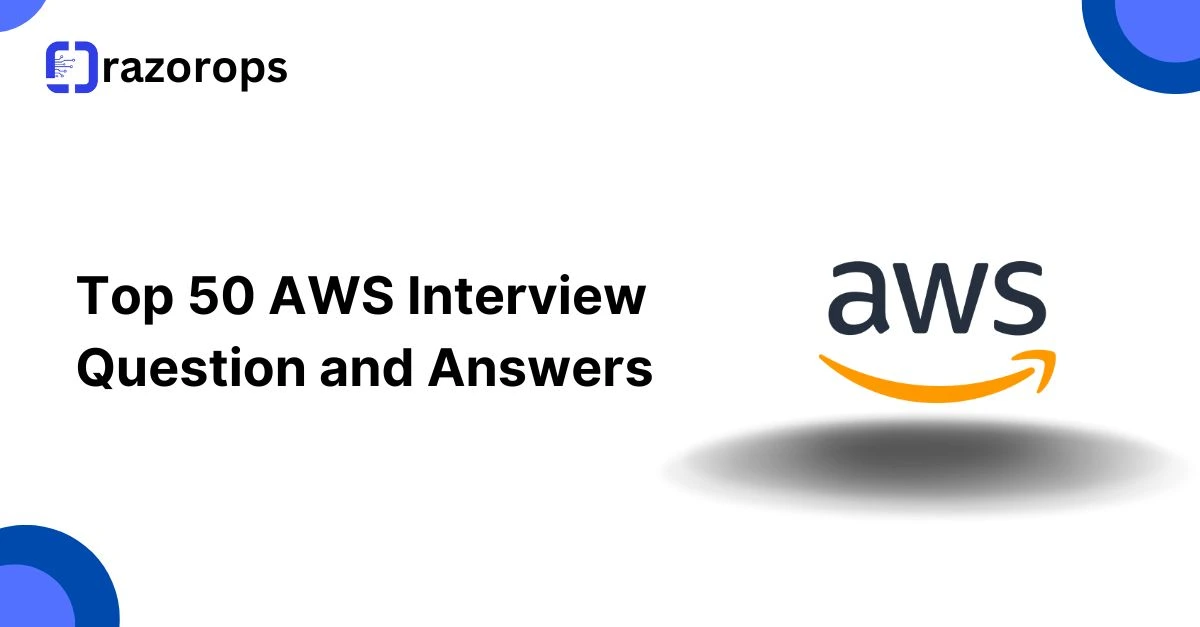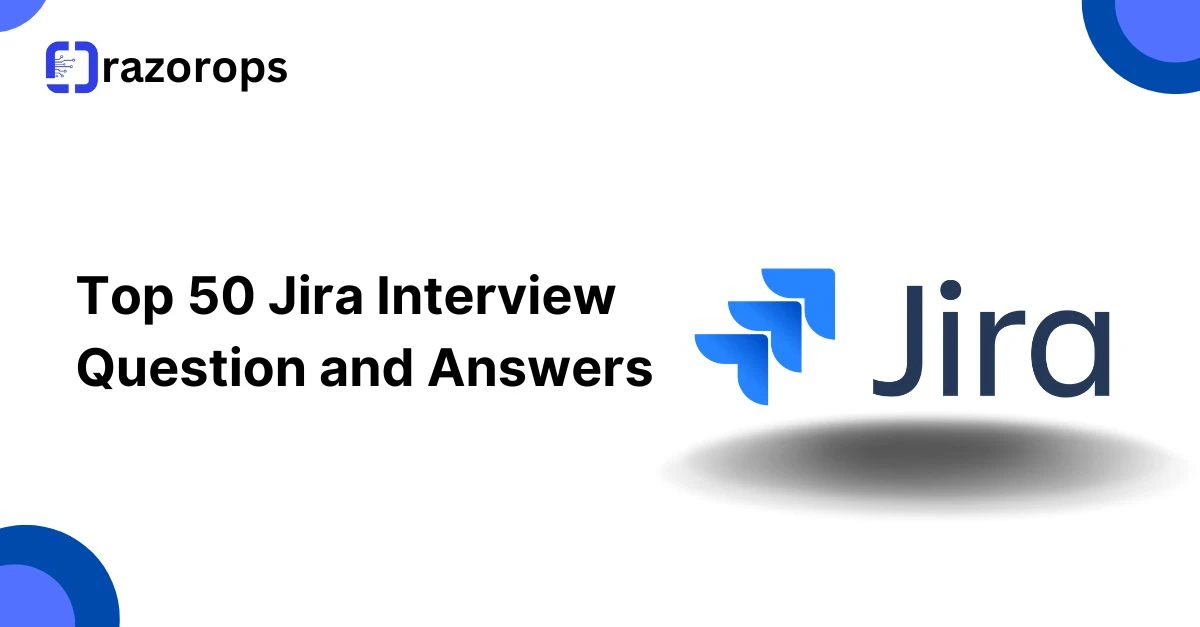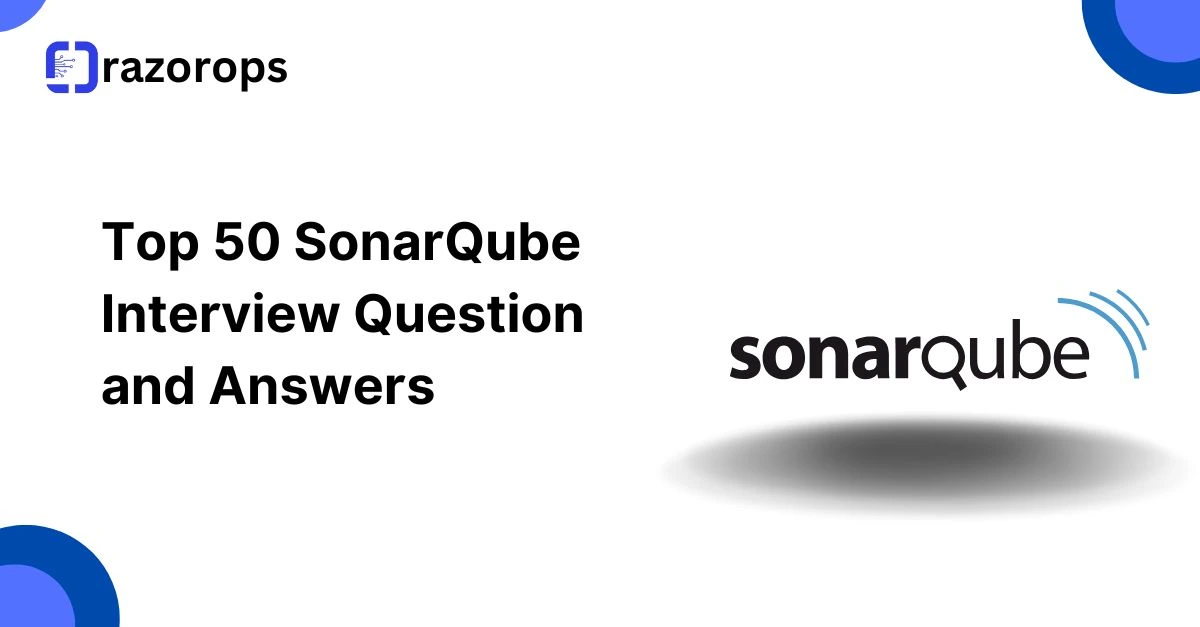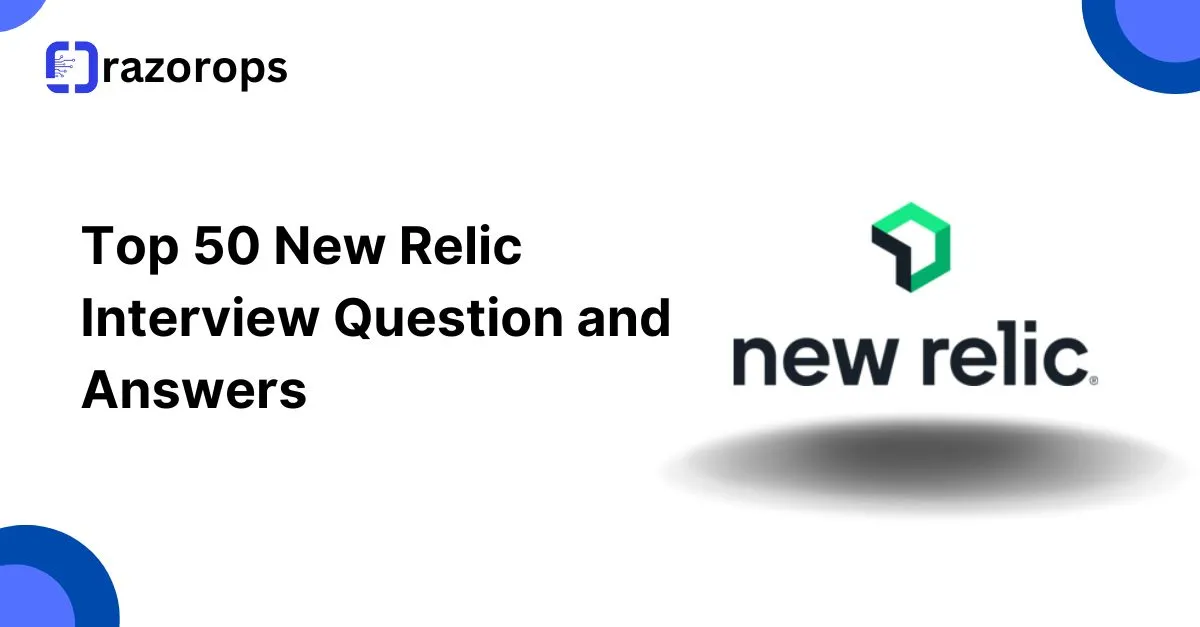Top 50 Snyk Interview Question and Answers

-
What is Snyk?
Answer: Snyk is a developer-first security platform that helps identify and fix vulnerabilities in code, open-source dependencies, container images, and infrastructure as code (IaC). -
What are the main products offered by Snyk?
Answer:- Snyk Open Source
- Snyk Code
- Snyk Container
- Snyk Infrastructure as Code (IaC)
-
How does Snyk integrate with the development workflow?
Answer: Snyk integrates through IDEs, CI/CD pipelines, SCMs (e.g., GitHub), and CLI tools to identify and fix vulnerabilities during development. -
What programming languages does Snyk support?
Answer: Snyk supports languages like JavaScript, Java, Python, Go, Ruby, .NET, PHP, and more. -
What is the difference between Snyk Open Source and Snyk Code?
Answer: Snyk Open Source identifies vulnerabilities in third-party libraries, while Snyk Code scans proprietary code for security issues. -
How does Snyk identify vulnerabilities?
Answer: By leveraging an extensive vulnerability database and performing static analysis. -
What is Snyk’s vulnerability database?
Answer: A constantly updated database of known security vulnerabilities across ecosystems. -
What is the CVSS score in Snyk, and why is it important?
Answer: CVSS (Common Vulnerability Scoring System) indicates the severity of a vulnerability, helping prioritize fixes. -
How does Snyk prioritize vulnerabilities?
Answer: Based on factors like CVSS score, exploitability, and the context of the application. -
What are the key components of a vulnerability report in Snyk?
Answer: Vulnerability details, impacted files or dependencies, remediation suggestions, and CVSS score. -
Name some CI/CD tools Snyk integrates with.
Answer: Jenkins, GitHub Actions, GitLab, Azure DevOps, CircleCI, Bitbucket Pipelines, etc. -
How does Snyk CLI help developers?
Answer: Snyk CLI allows developers to scan code, containers, and IaC locally for vulnerabilities. -
Which version control systems are supported by Snyk?
Answer: GitHub, GitLab, Bitbucket, Azure Repos, and others. -
Can Snyk integrate with IDEs? Which ones?
Answer: Yes, Snyk integrates with IDEs like IntelliJ IDEA, Visual Studio Code, Eclipse, and JetBrains. -
Explain the Snyk API. How is it used?
Answer: The Snyk API allows automation of security tasks, integration with custom tools, and management of vulnerabilities programmatically. -
What is a “fix pull request” in Snyk?
Answer: A pull request automatically created by Snyk to update vulnerable dependencies. -
What is “auto-remediation” in Snyk?
Answer: A feature that automatically updates dependencies or configuration to resolve vulnerabilities. -
Explain Snyk’s “monitor” feature.
Answer: It tracks the state of dependencies and alerts when new vulnerabilities are identified. -
How does Snyk Container help secure containerized applications?
Answer: By scanning container images for vulnerabilities in base images and application dependencies. -
What is Snyk’s IaC scanning capability?
Answer: It scans infrastructure-as-code files (e.g., Terraform, CloudFormation) for misconfigurations and vulnerabilities. -
How can developers ensure continuous security with Snyk?
Answer: By integrating Snyk into CI/CD pipelines, IDEs, and monitoring dependencies regularly. -
What are Snyk’s key remediation strategies?
Answer: Updating dependencies, applying patches, and following configuration recommendations. -
How does Snyk ensure minimal performance impact during scans?
Answer: By performing scans incrementally and caching results. -
Can Snyk scan private repositories?
Answer: Yes, with appropriate permissions, Snyk can scan private repositories. -
What are the benefits of using Snyk CLI in local development?
Answer: Early detection of vulnerabilities, better context for fixes, and seamless integration with the developer workflow. -
What types of vulnerabilities does Snyk Container identify?
Answer: Vulnerabilities in base images, application dependencies, and container configurations. -
How does Snyk recommend secure base images?
Answer: By providing alternative images with fewer vulnerabilities. -
How can you integrate Snyk Container into Kubernetes workflows?
Answer: By scanning container images and Kubernetes manifests during CI/CD. -
Can Snyk Container be used for multi-stage Dockerfiles?
Answer: Yes, Snyk can scan multi-stage Dockerfiles for vulnerabilities. -
How does Snyk work with Docker Hub?
Answer: It scans images from Docker Hub to identify vulnerabilities. -
What is Snyk Code used for?
Answer: To scan proprietary code for vulnerabilities and security issues. -
How does Snyk Code help with secure coding?
Answer: By providing real-time suggestions for fixing security issues directly in the IDE. -
Does Snyk Code support secure coding standards?
Answer: Yes, it aligns with OWASP and other secure coding practices. -
Can Snyk Code detect hardcoded secrets?
Answer: Yes, it identifies hardcoded secrets and sensitive data leaks. -
What types of issues does Snyk Code flag?
Answer: Injection vulnerabilities, misconfigurations, hardcoded secrets, and more. -
What is the Snyk Advisor?
Answer: A tool that provides detailed insights into package quality, security, and health. -
Can Snyk perform license compliance checks?
Answer: Yes, Snyk helps ensure compliance with open-source licenses. -
What is the Snyk Security Score?
Answer: A score that evaluates the security health of projects. -
What is the difference between patching and upgrading in Snyk?
Answer: Patching applies fixes to existing versions; upgrading updates to a newer version. -
What is Snyk’s role in supply chain security?
Answer: It secures dependencies and third-party components in the software supply chain. -
How to handle false positives in Snyk?
Answer: By reviewing the context, ignoring false positives, or marking them as non-issues. -
What to do if Snyk reports a vulnerability without a fix?
Answer: Monitor the issue and implement mitigations or alternative solutions. -
How to reduce the noise of low-severity vulnerabilities?
Answer: Use Snyk’s prioritization filters to focus on high and critical issues. -
What is the impact of scanning large repositories with Snyk?
Answer: Scans might take longer but can be optimized with incremental scans. -
How do you troubleshoot Snyk CLI authentication issues?
Answer: Re-authenticate using thesnyk authcommand or check API token permissions. -
What are the limitations of Snyk Free?
Answer: Limited project scans and features compared to paid plans. -
What are some alternatives to Snyk?
Answer: WhiteSource, Dependabot, Veracode, and SonarQube. -
What is Snyk’s role in DevSecOps?
Answer: Snyk enables security practices early in the DevOps lifecycle. -
How does Snyk help with compliance?
Answer: By identifying vulnerabilities and ensuring open-source license compliance. -
What are the benefits of using Snyk in Agile development?
Answer: Faster detection and fixing of vulnerabilities, enabling secure continuous delivery.

